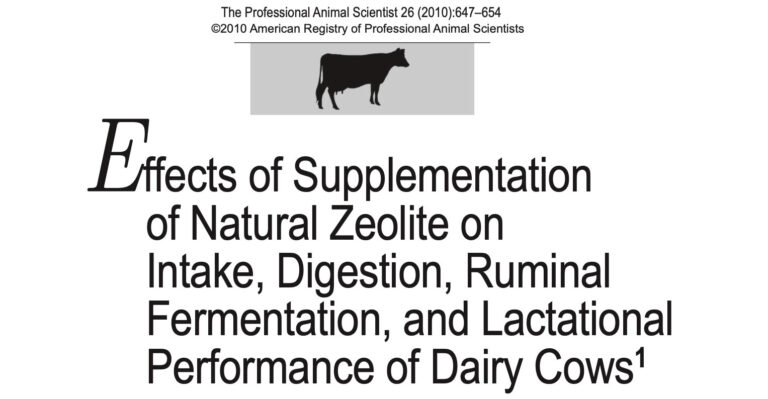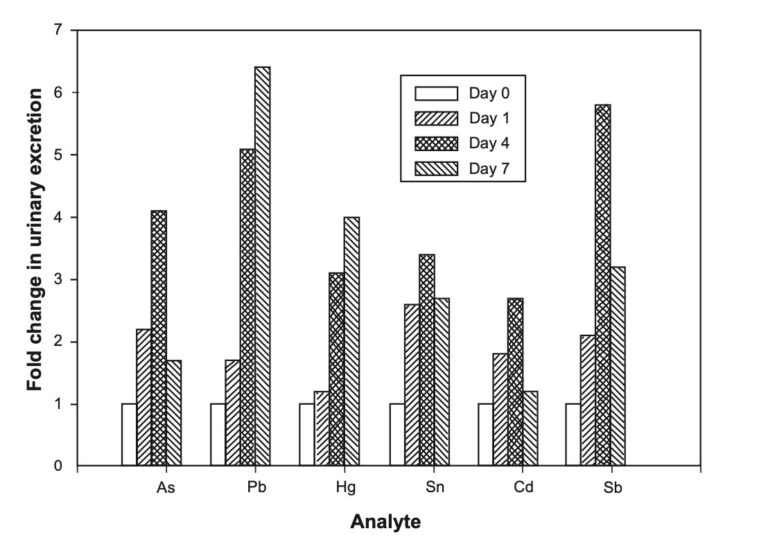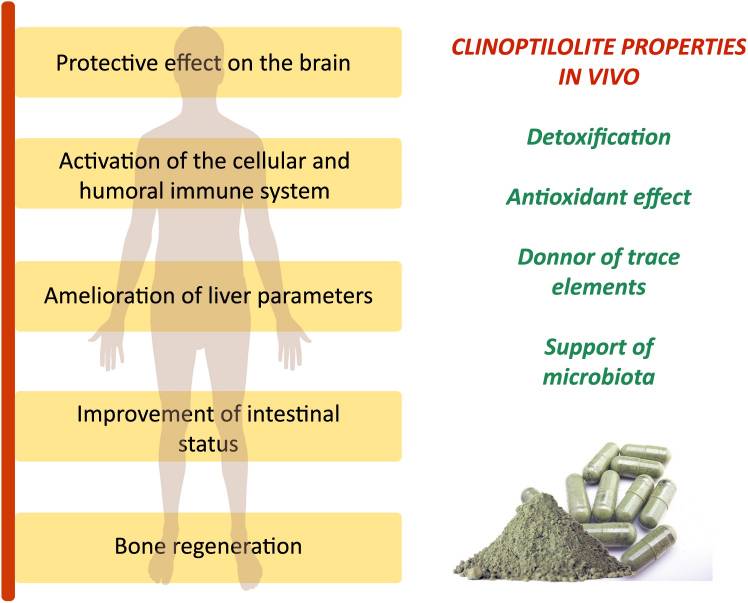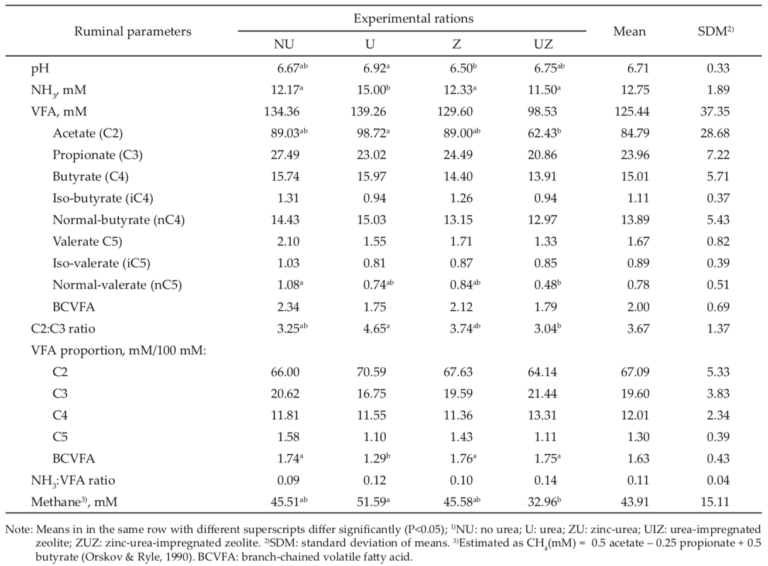Zeolite, what is it, what does it do and where is it used?
Zeolite is a natural, inert, clay-silicate rock, which generally cleans and manages the environment in which it is found. Zeolite has a unique combination of properties that make it a special material, which is used in a wide range of applications. It could also be described as a filter or a molecular sponge. Zeolite, where…




